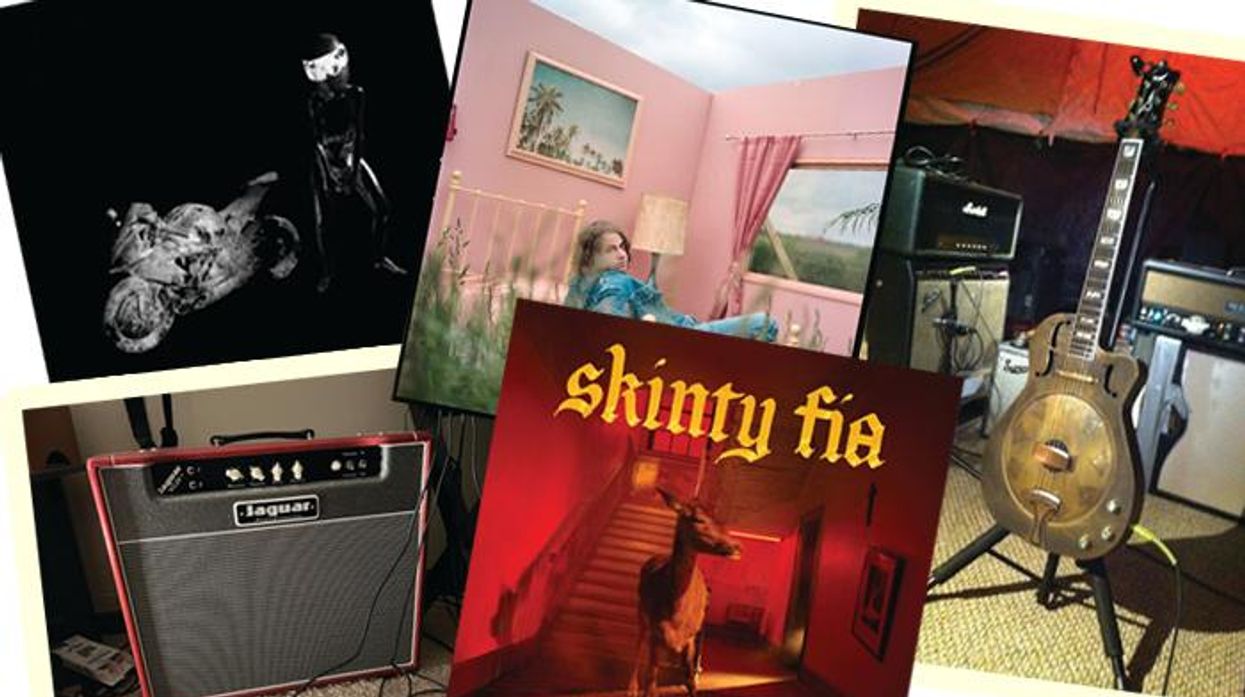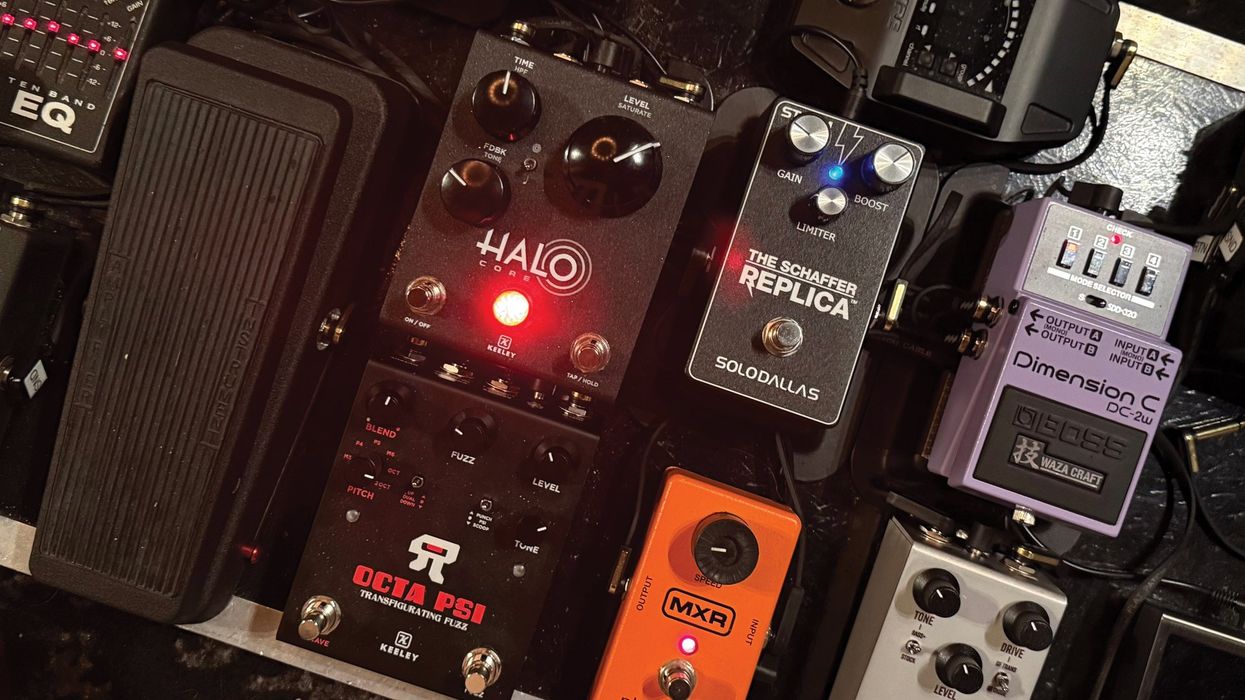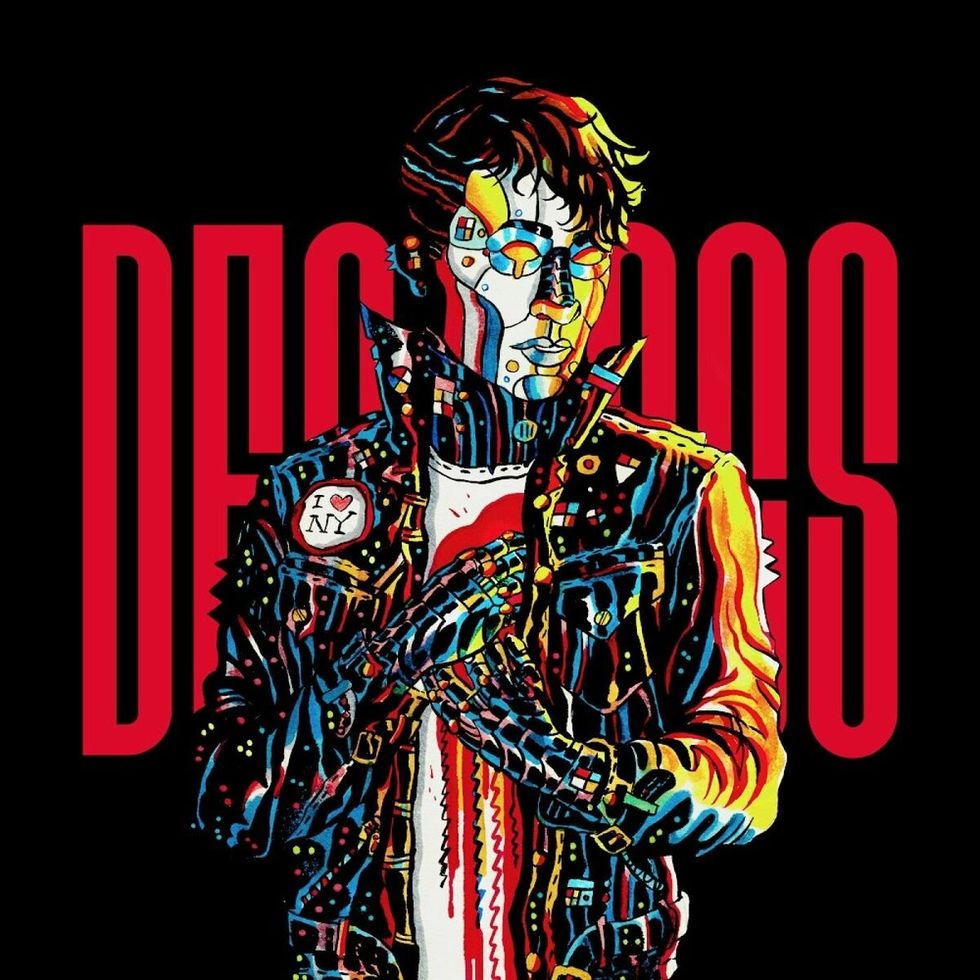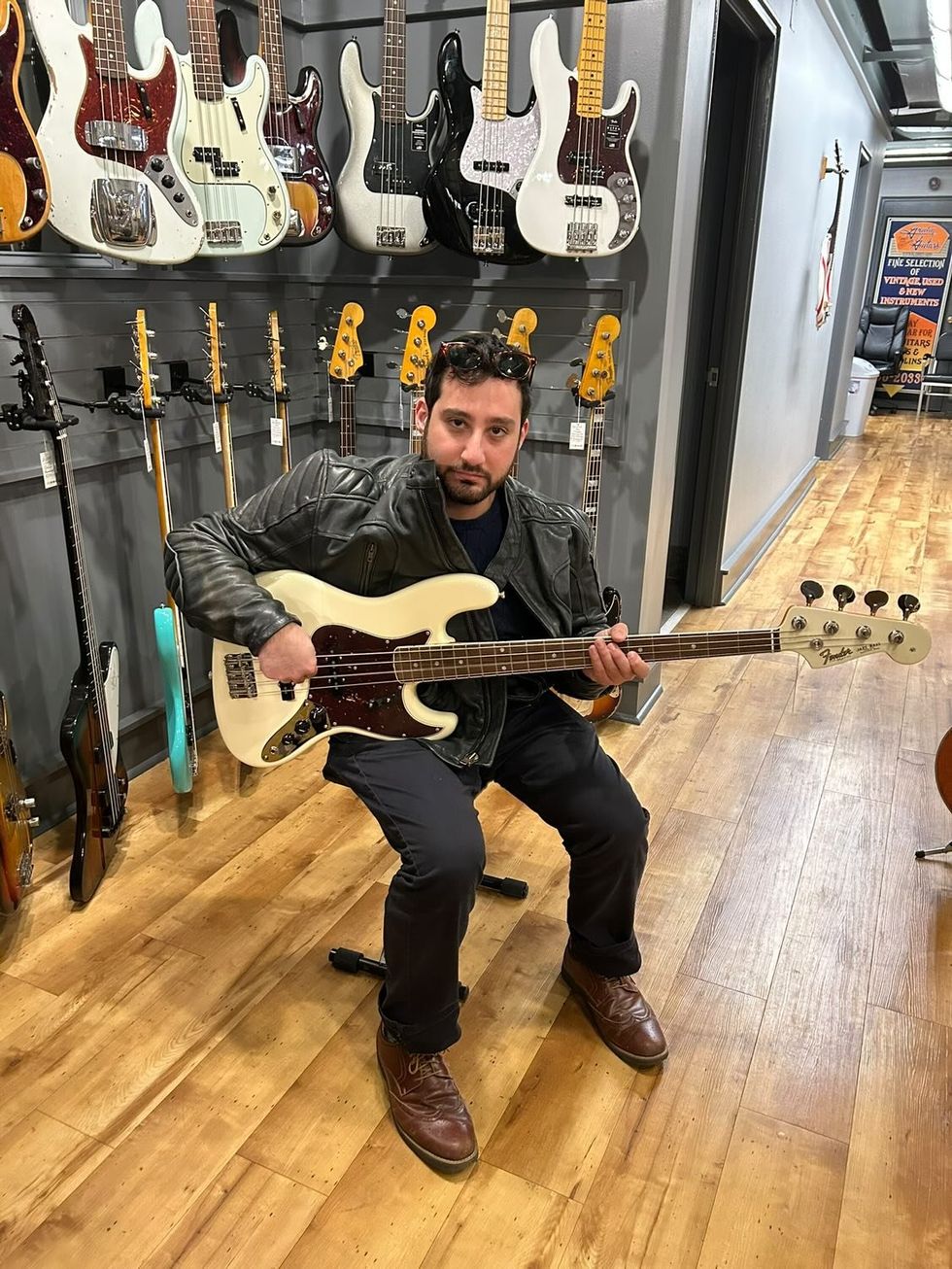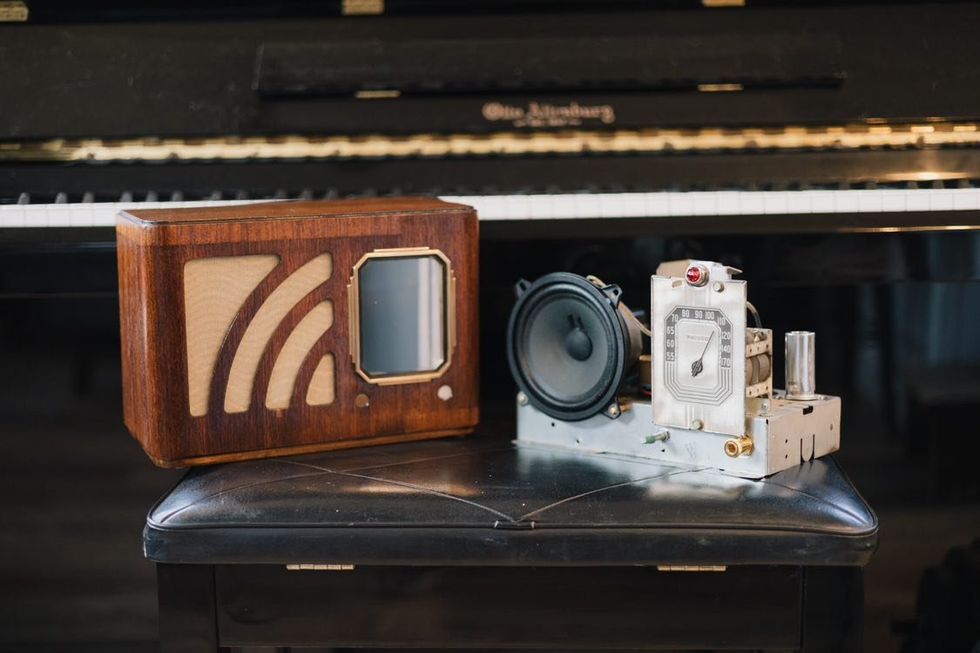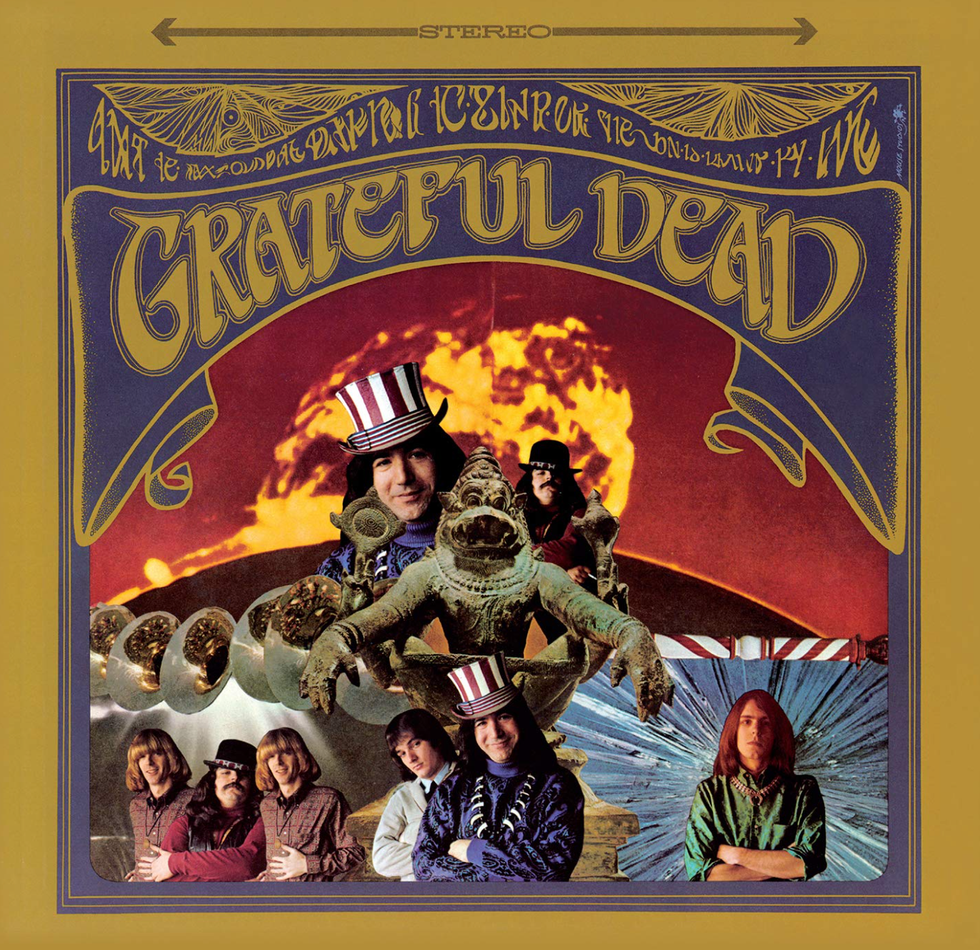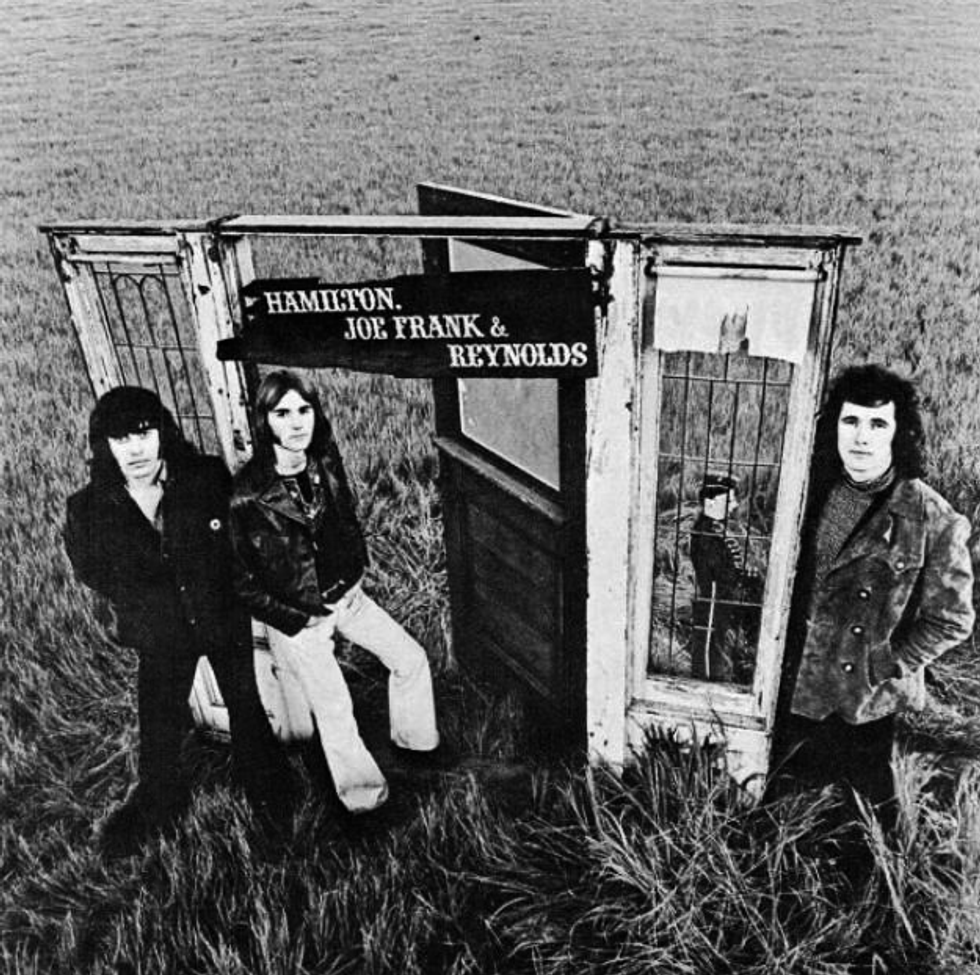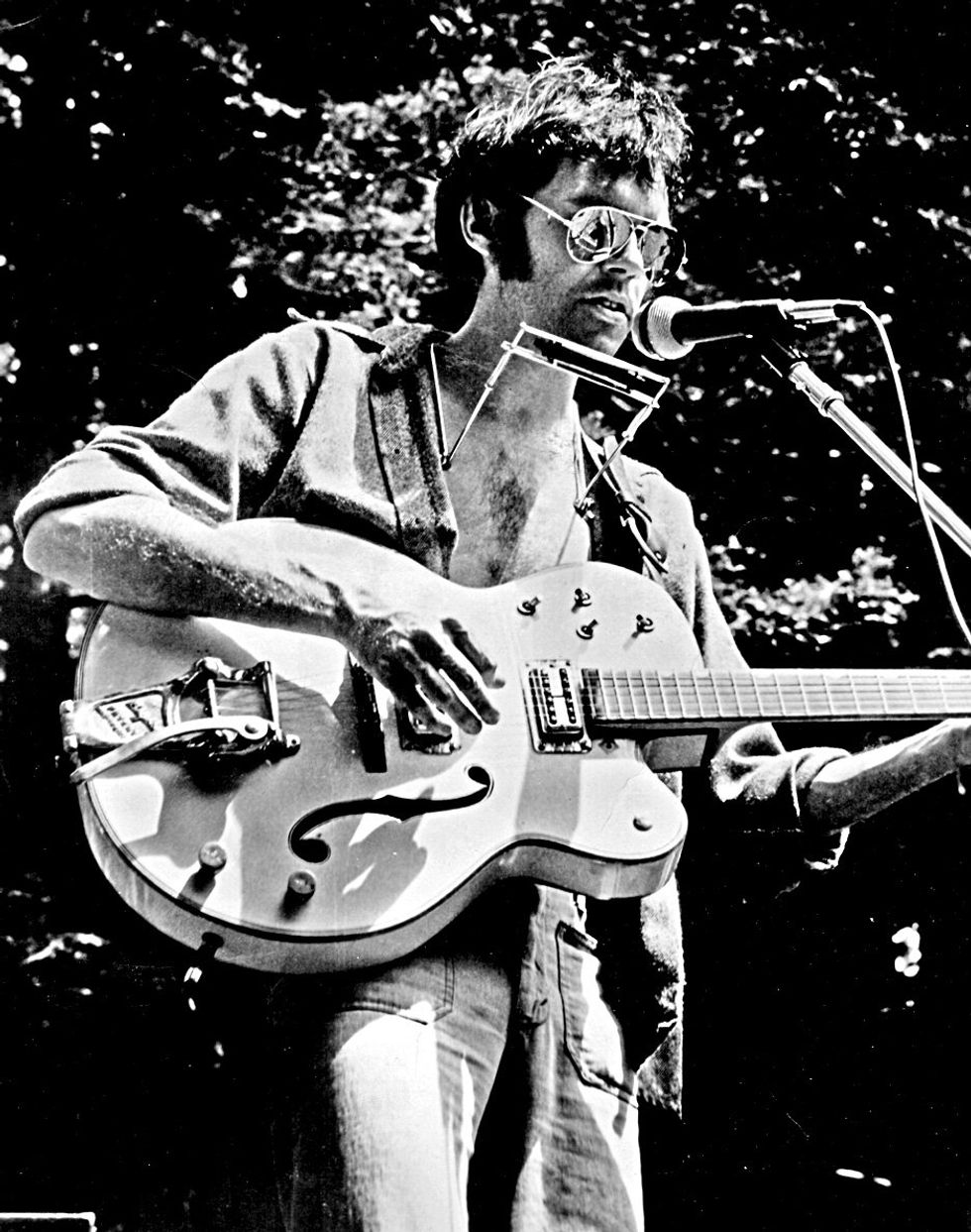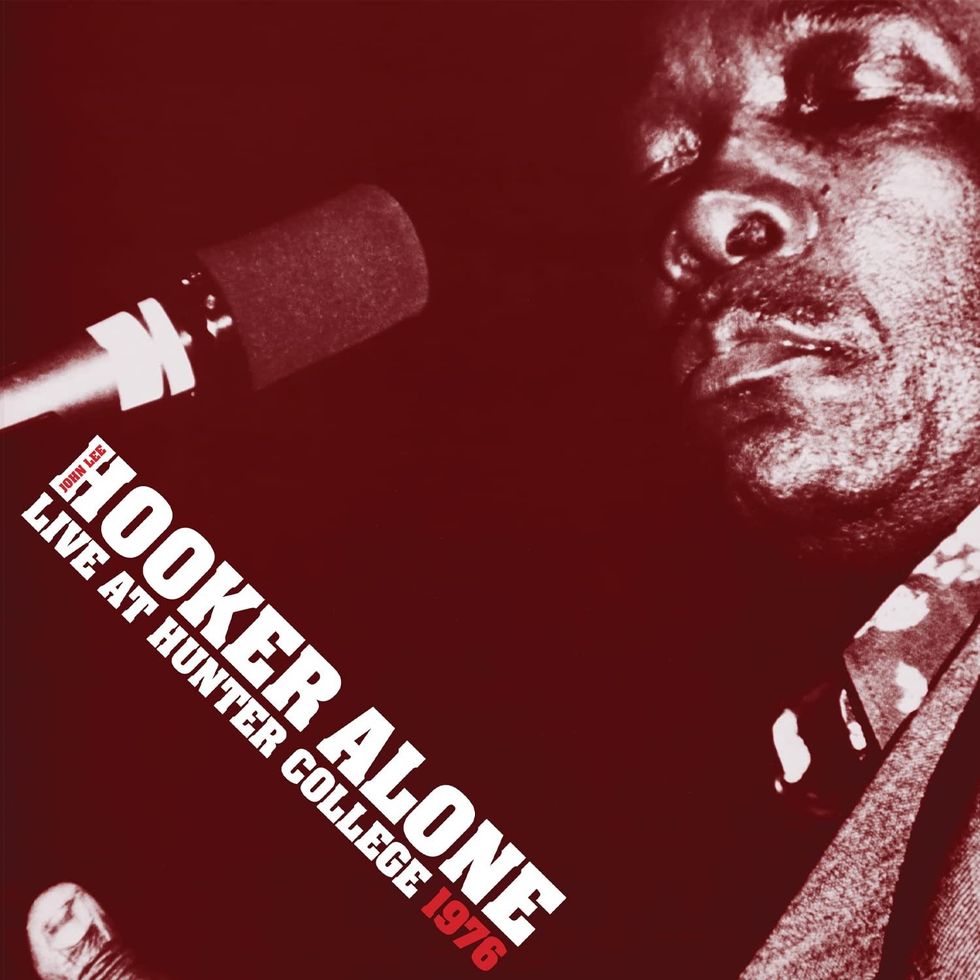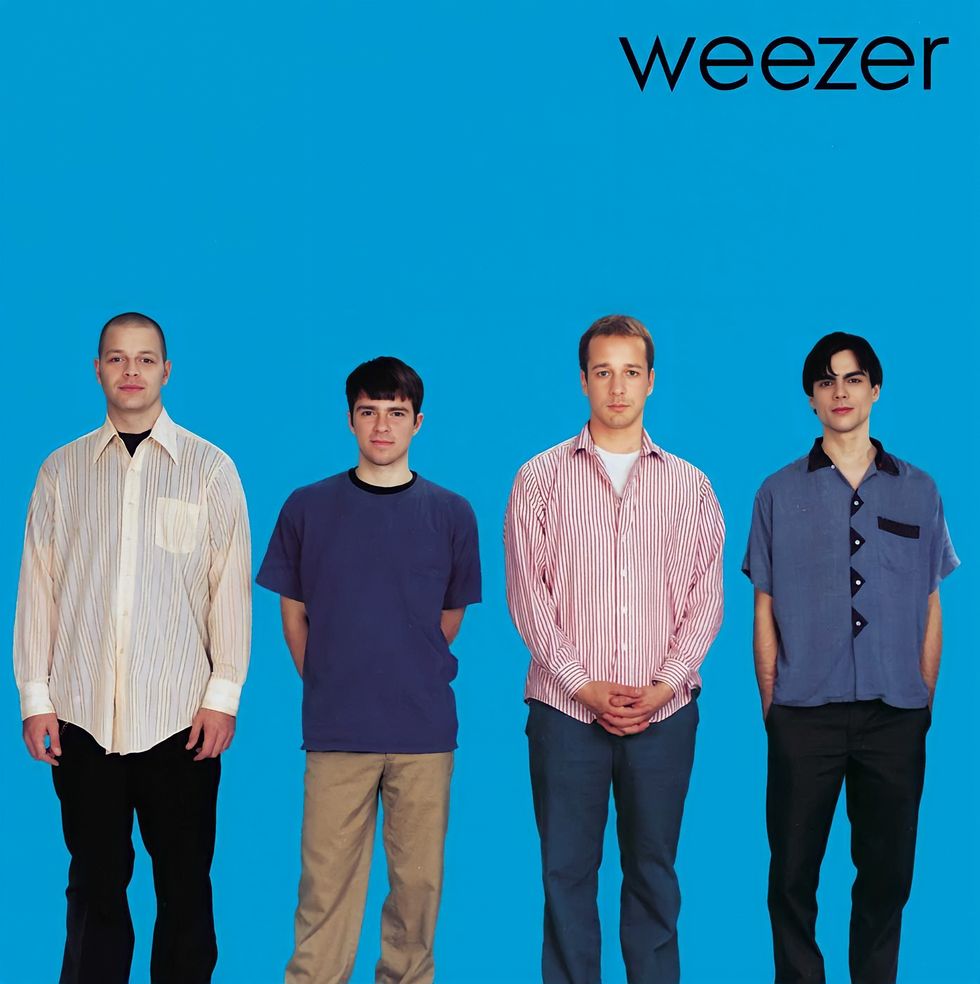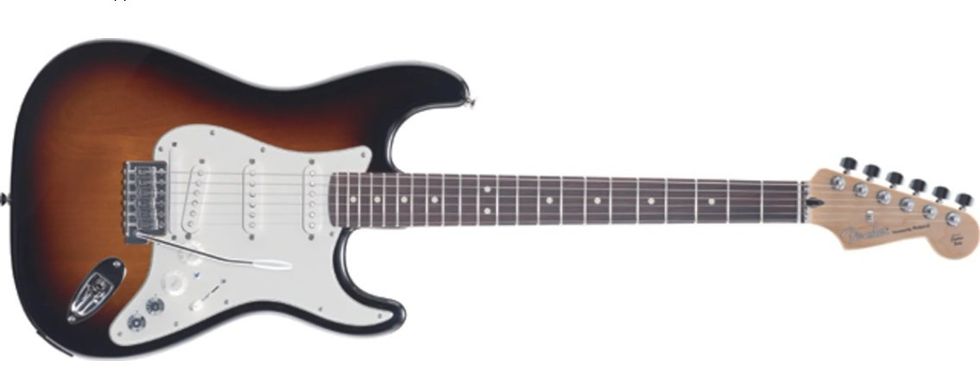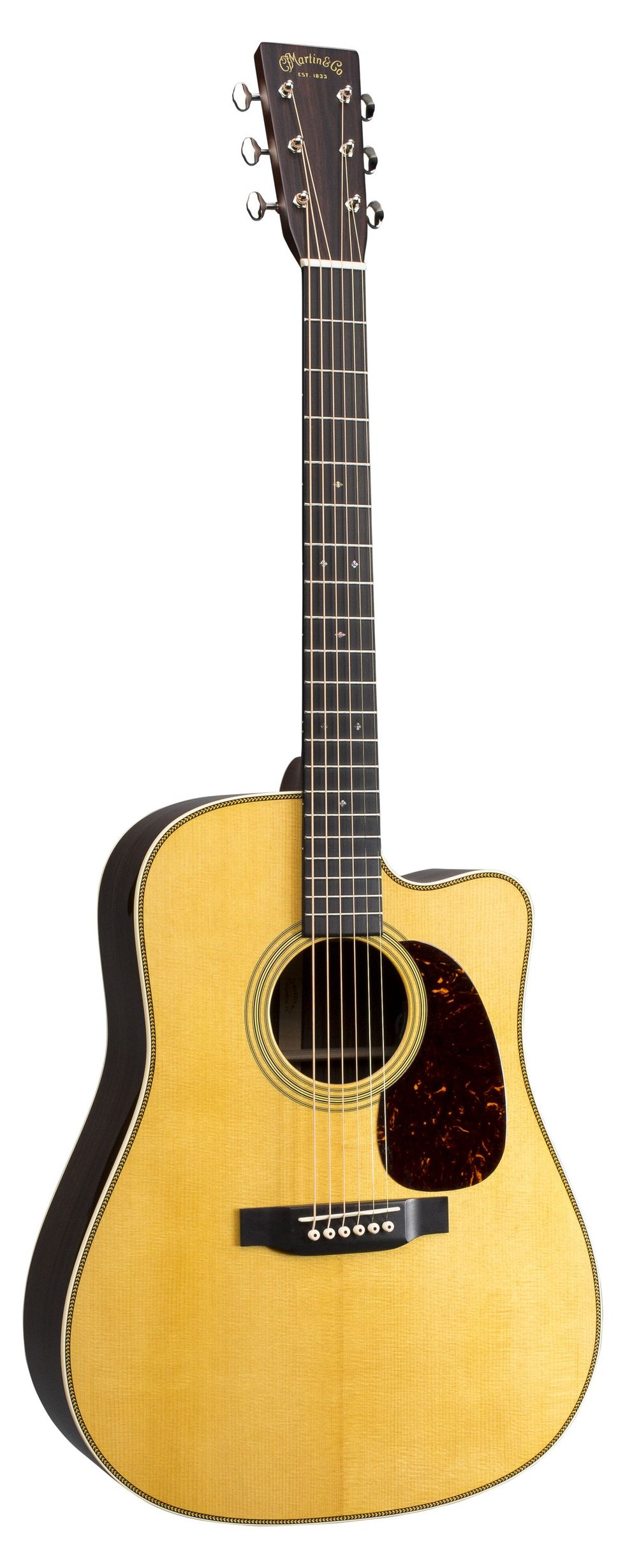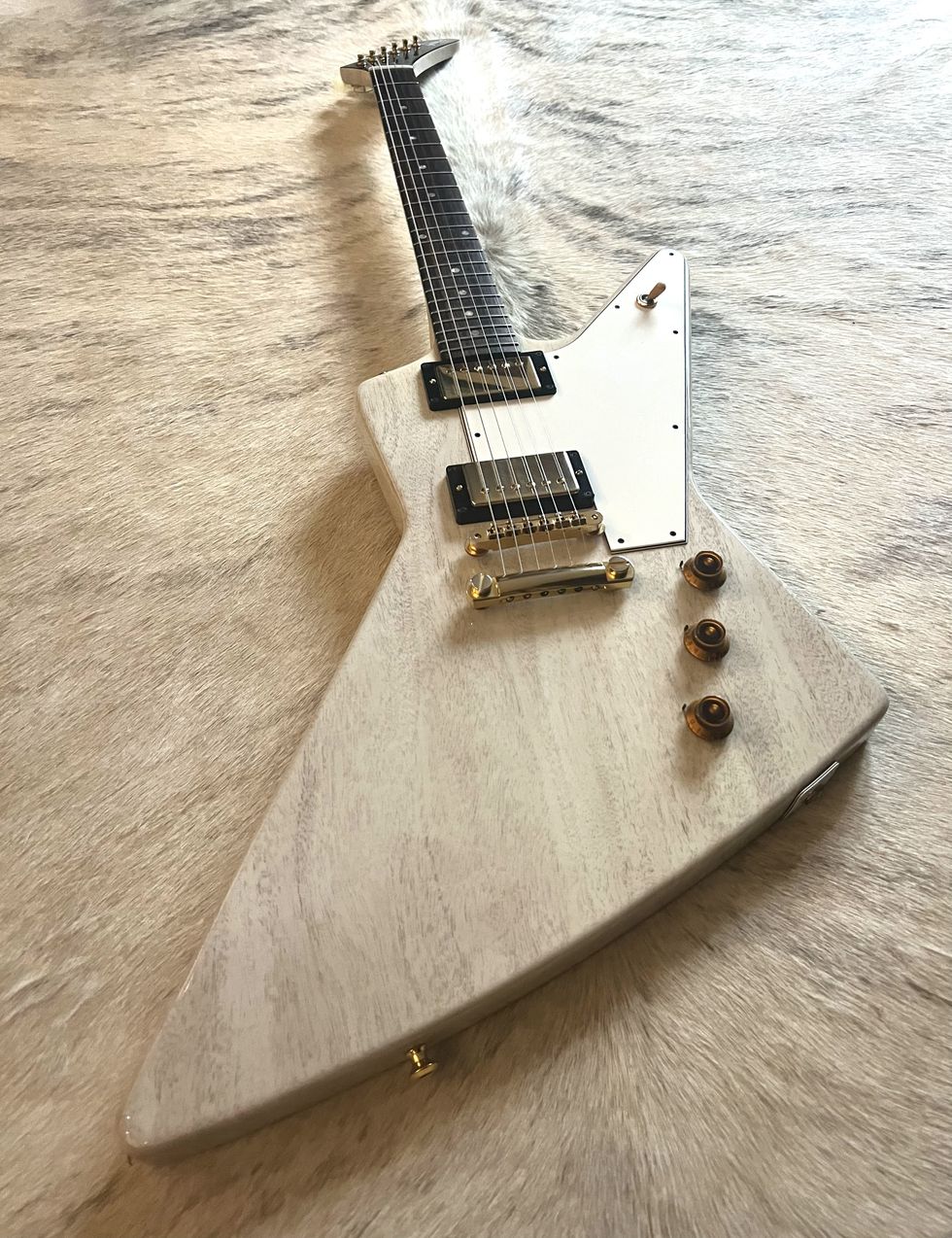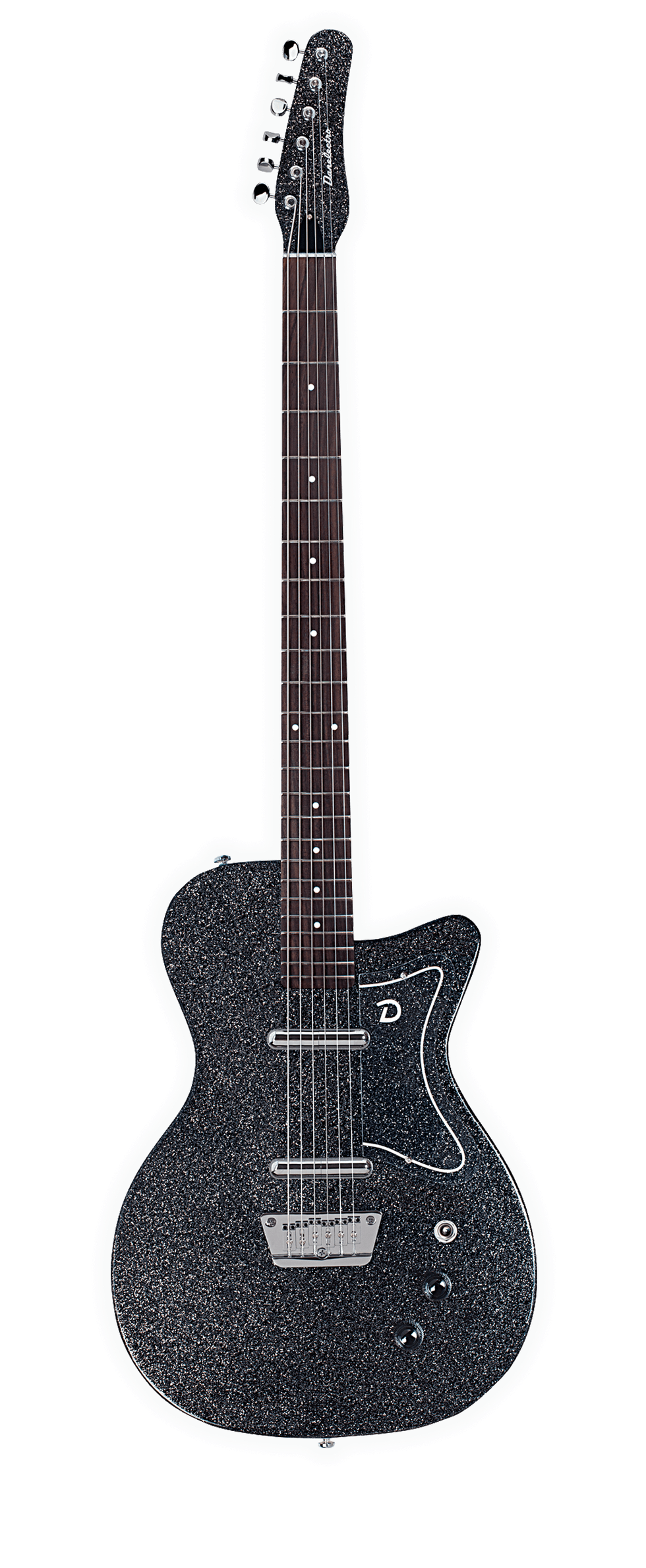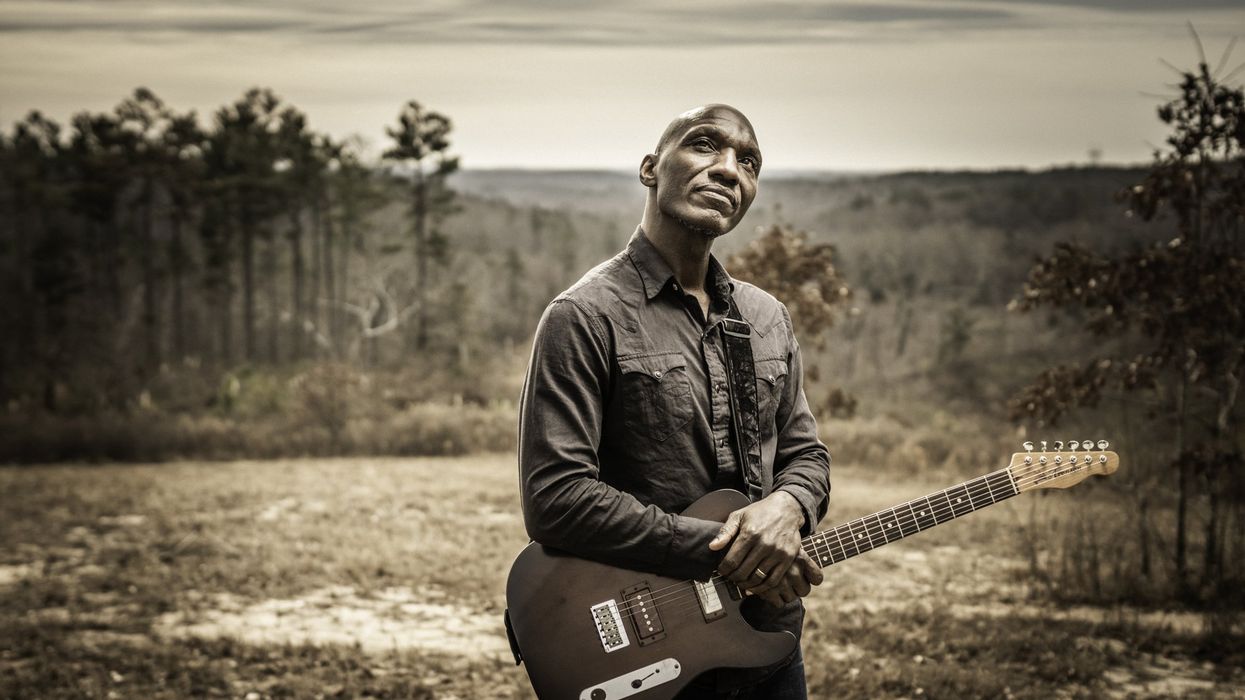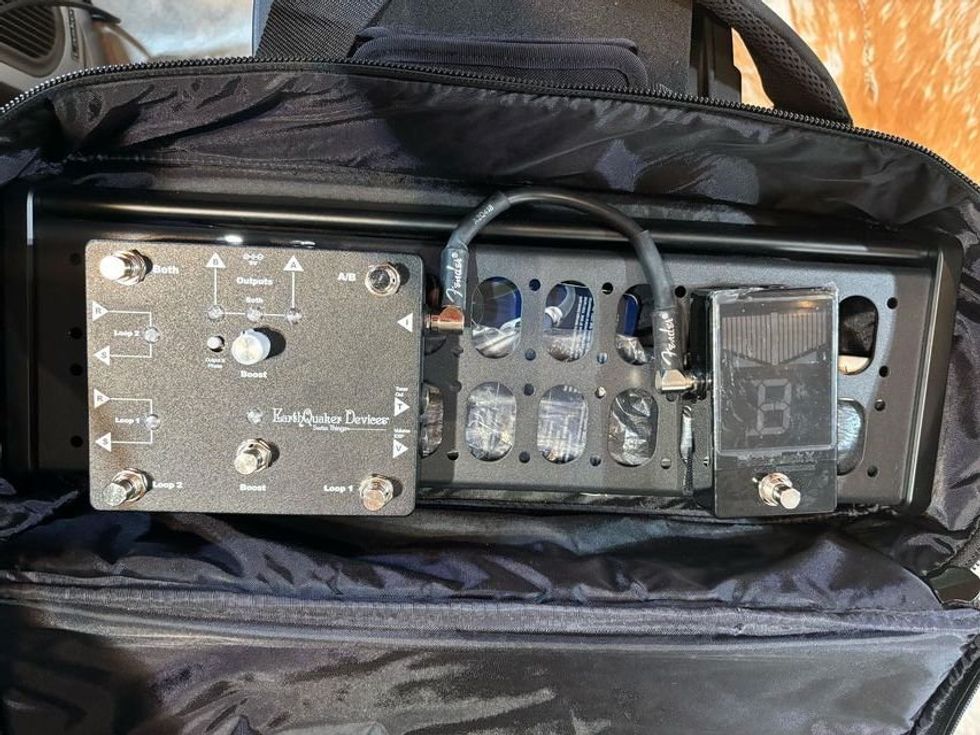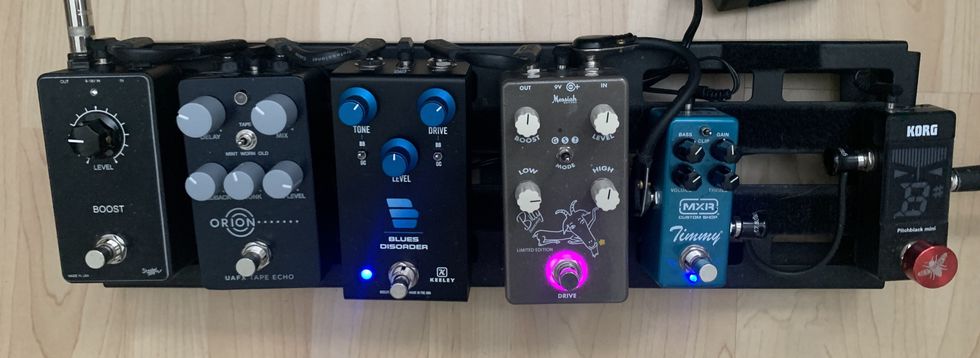Kevin Morby joins the discussion of what we’re plugging our guitars into these days. Plus, musical obsessions!
Q: Do you own or use more than one amp—why or why not?
Kevin Morby — Guest Picker

Photo by Johnny Eastlund
A: I technically own four different amps. Two different Orange 15-watt practice amps that are great for recording and running vocals through in my living room. I also own a Supro and Fender Vibrolux. The Fender Vibrolux is my most used amp, and the Supro is good if I ever want a lot of overdrive.
Kevin Morby's Current Obsession:
My current musical obsession is MJ Lenderman, a young artist from Asheville, North Carolina, who is making incredible music. If I didn’t know his backstory, I would maybe think I was listening to a lost demo from the early ’90s Drag City submissions bin. But it’s not from then, it’s from now, and it’s amazing. I listened to it while mowing the lawn recently and it was perfect lawn-mowing music. He is also incredible at guitar. Go listen!
Joseph Müs Contento's — Reader of the Month
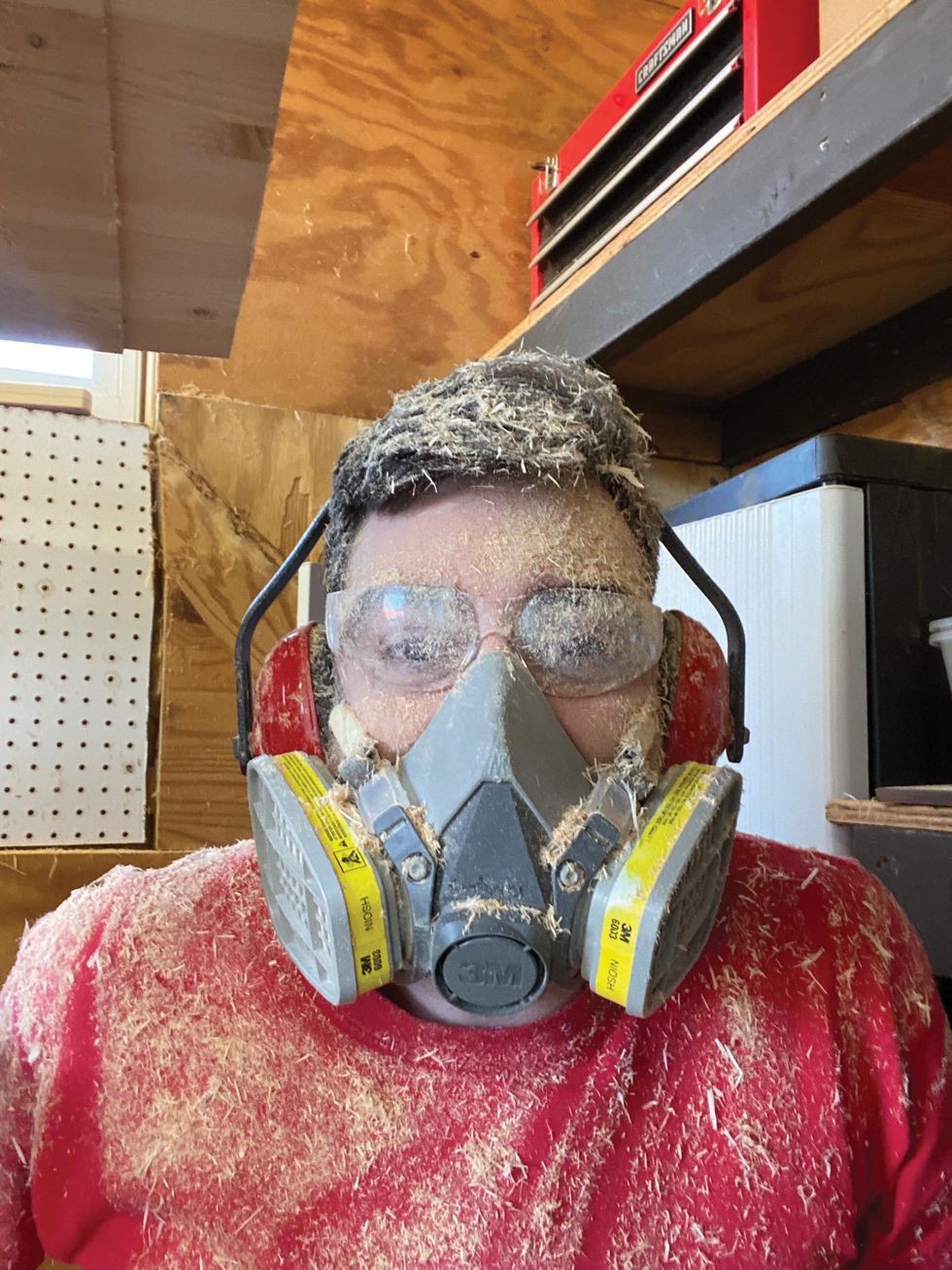
A: Yep, and I use them both at the same time. Got a Vox Night Train combo set clean and a Marshall Class 5 set dirty, and the resulting sound is a sparkly, gritty mix. Chimey and articulate, while warm and meaty. Best of both worlds.
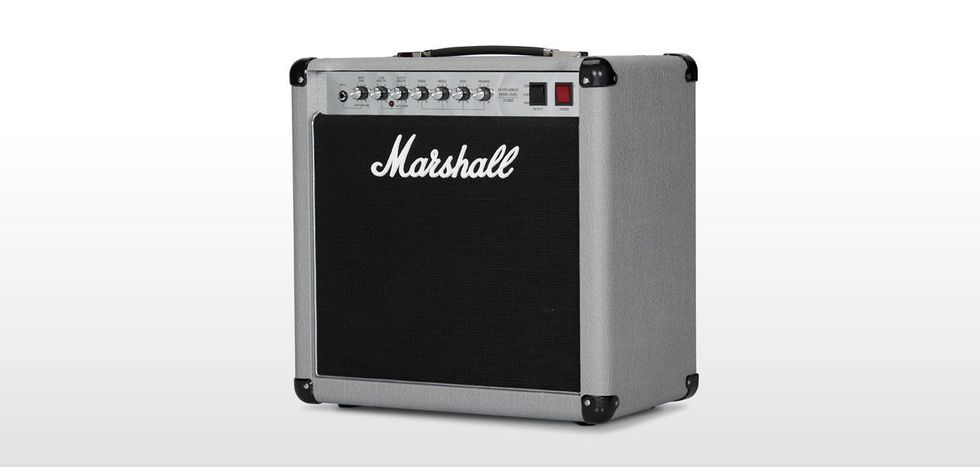
Eventually I want a Fender ’65 Princeton Reissue and a Marshall Silver Jubilee 20-watt combo to really accentuate those qualities. I also use stereo delay and ping-pong the signal between the two amps. The further I physically keep the amps away from each other, the more dramatic the effect. It’s trippy and atmospheric AF, fills out the space between notes, and I love it.
Joseph Müs Contento Current Obsession:
Continuing to build the coolest guitars I can. I’ve settled into my job at Gibson Custom and have slowly built up a woodshop of my very own. The inaugural build that I just started this spring is my entry to this year’s Great Guitar Build-Off. I’m excited to dig my teeth into my new tools and techniques and to see how far I’ve come as a luthier in the past two years!
Shawn Hammond — Chief Content Officer
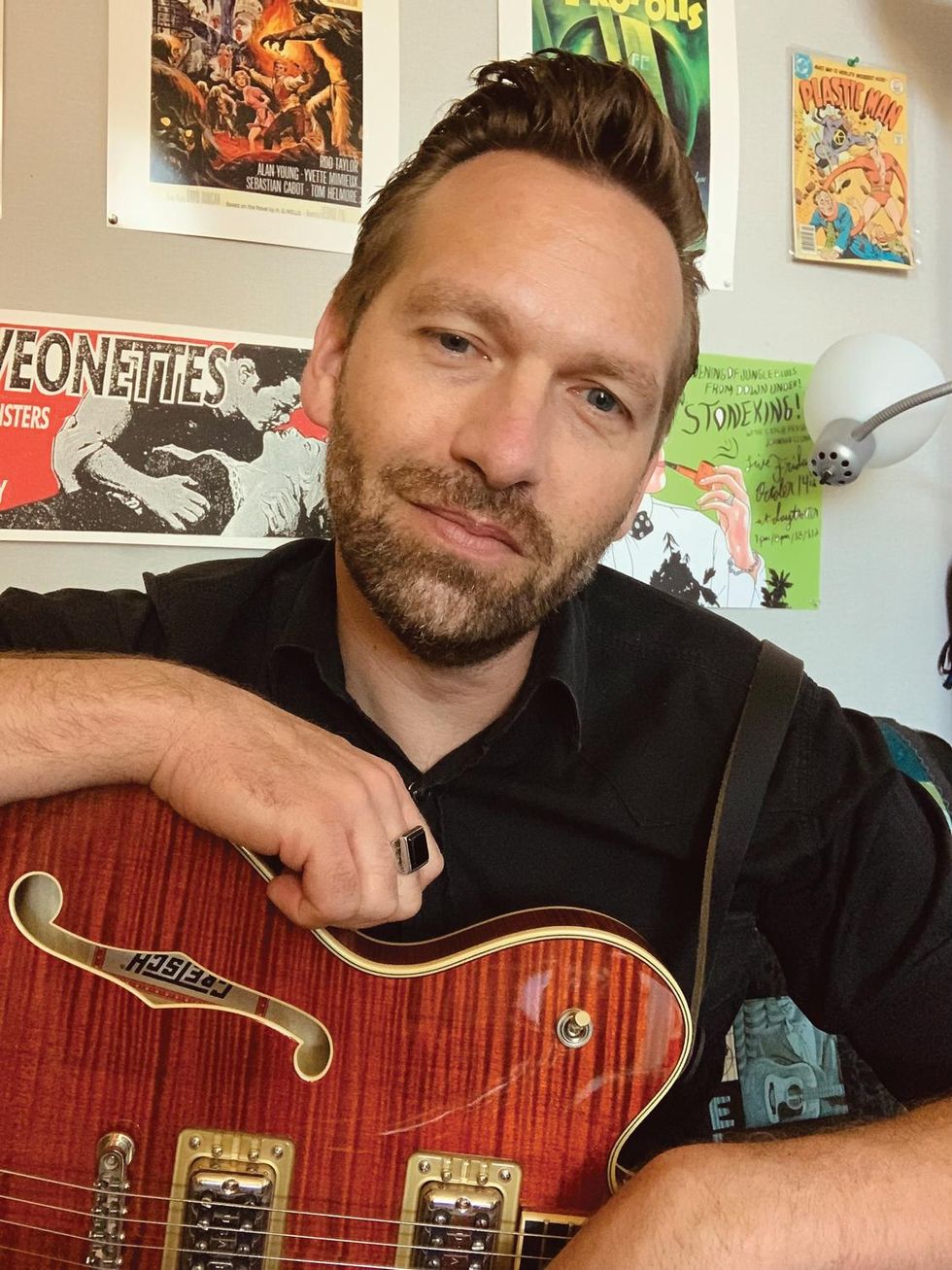
A: Yes! I love the variety of tones and textures imparted by different types of power tubes—and that you can further tweak responsiveness with preamp-tube swaps.
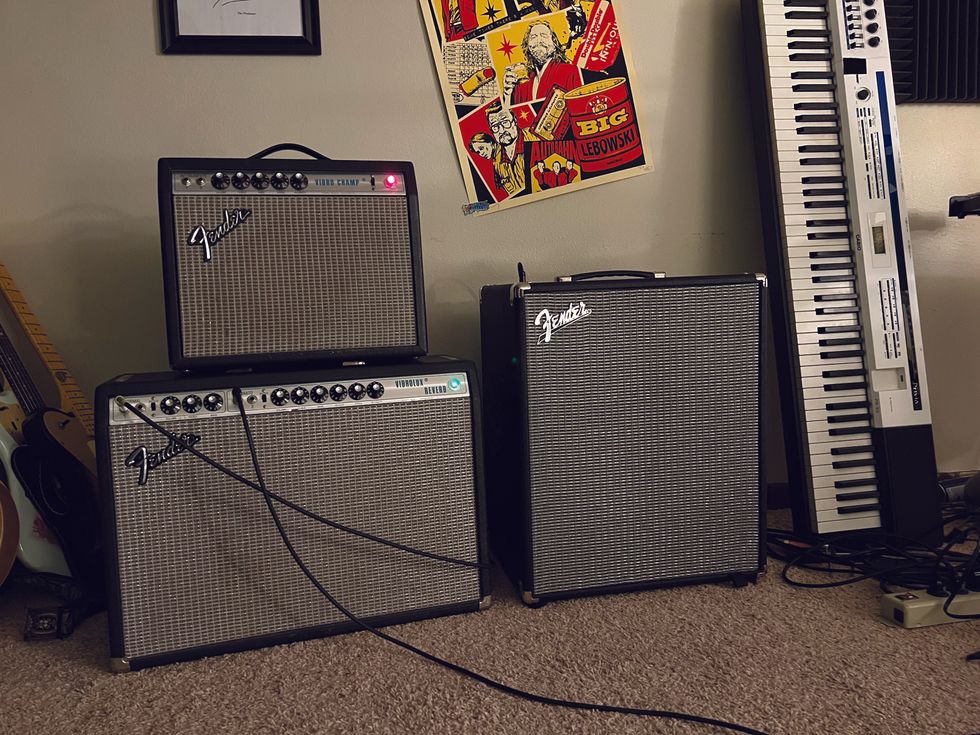
My ’76 Fender Vibrolux Reverb (6L6 tubes) is a killer pedal platform and pairing it with a Fender Rumble 200 bass amp adds massive oomph. An old Fender Vibro Champ (6V6) is great for middle-of-the-night playing that still sounds nice (I hate headphones).
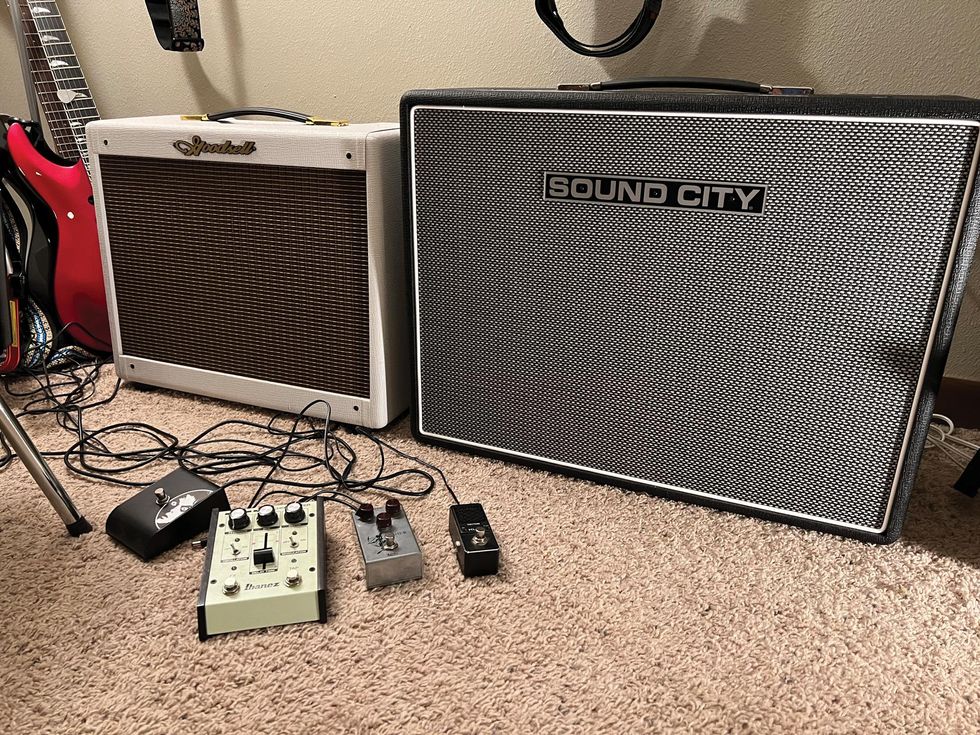
A Sound City SC30 (KT66s) yields a huge array of British tones with killer reverb, a Goodsell Valpreux 21 (6973s) is great for soulful, old-school tones at a reasonable volume, while a Jaguar HC50 (EL34s) combo has big, brawny sounds, thanks to its Hiwatt-esque circuit and oversized cab.
Shawn Hammond's Current Obsession:
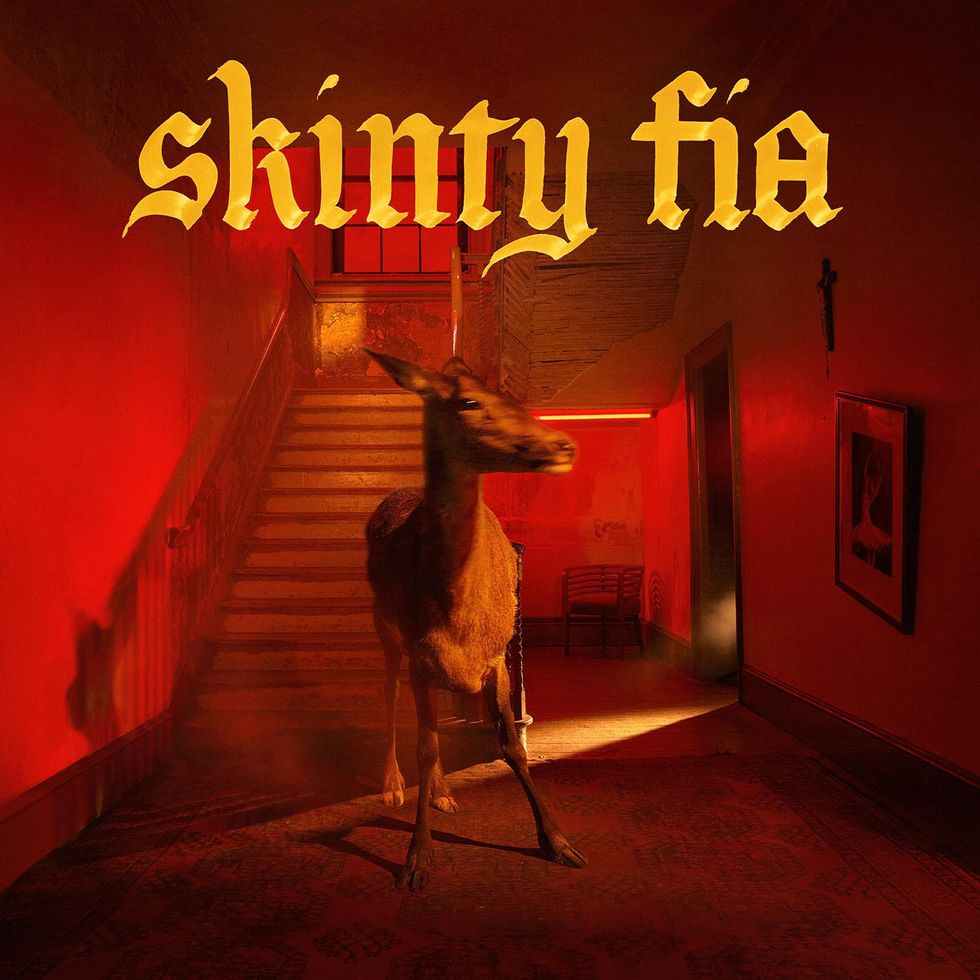
Current obsession: Fontaines D.C.’s new album, Skinty Fia.
Ted Drozdowski — Senior Editor
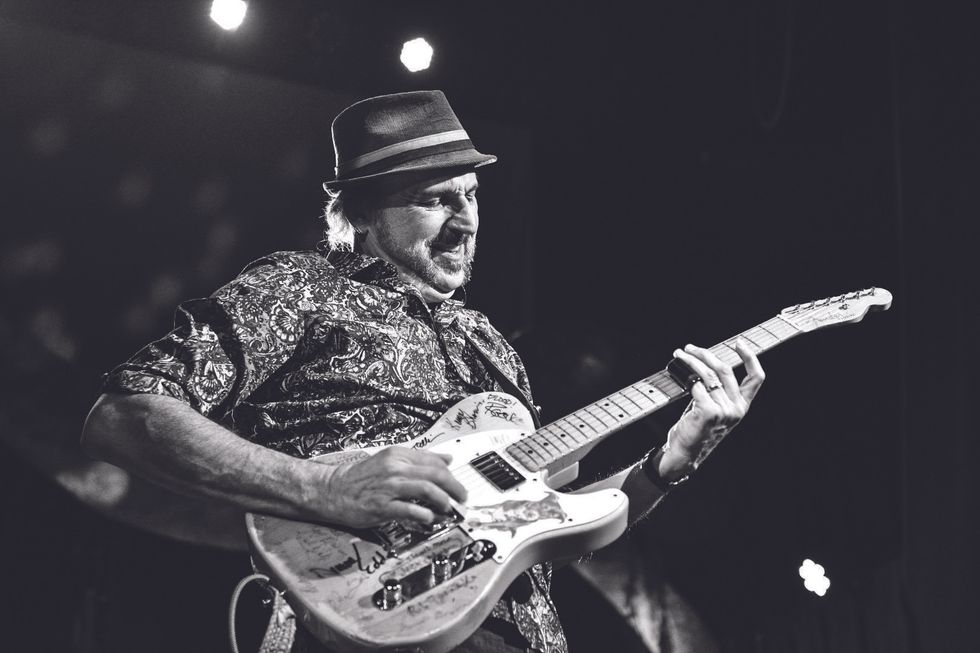
Photo by Johnny Hubbard
A: I’ve curated my amps for a wide variety of tones, and I love having Marshall, Fender, Carr, Supro, Orange, and Quilter sounds at ready for the stage—where I run in stereo—and studio.
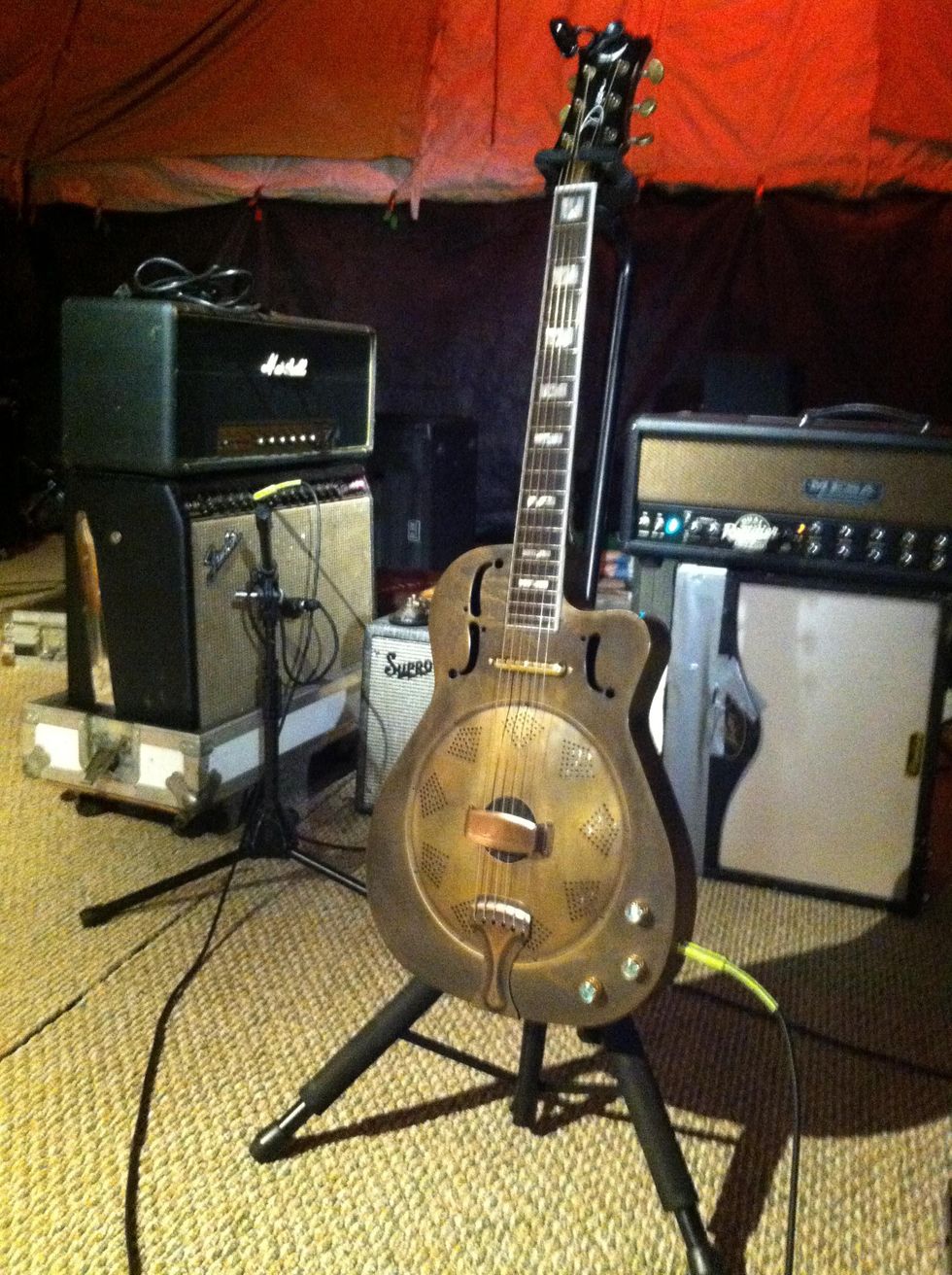
After many years, I’ve found a voice as a guitarist that’s my own, and blending a variety of amps, guitars, and effects is part of it.
Ted Drozdowski's Current Obsession:
Germanium fuzz and octave fuzz pedals. Over the past year I’ve gone deep into fuzzworld and acquired a pile of stomps, including three custom builds (my one-off Burns Buzzaround clone with four germanium chips is satanically heavenly), and they’ve expanded my sonic vocabulary even more. I want to keep it expanding, like the universe.
